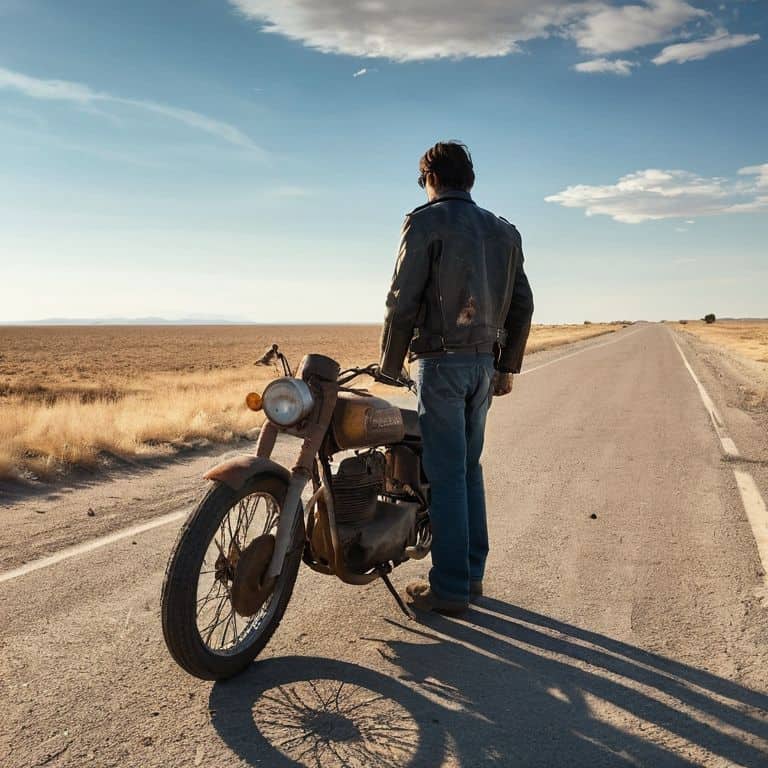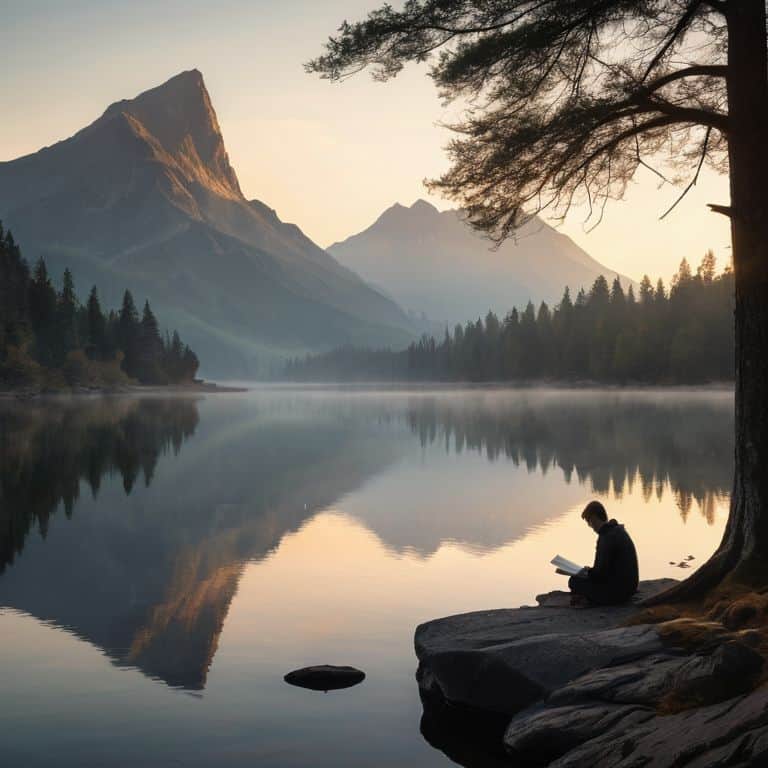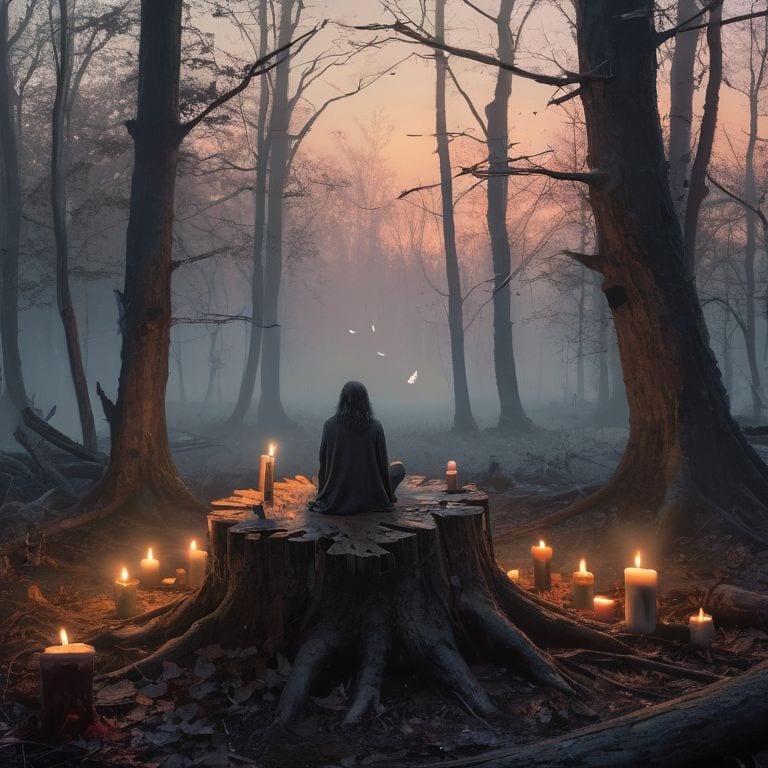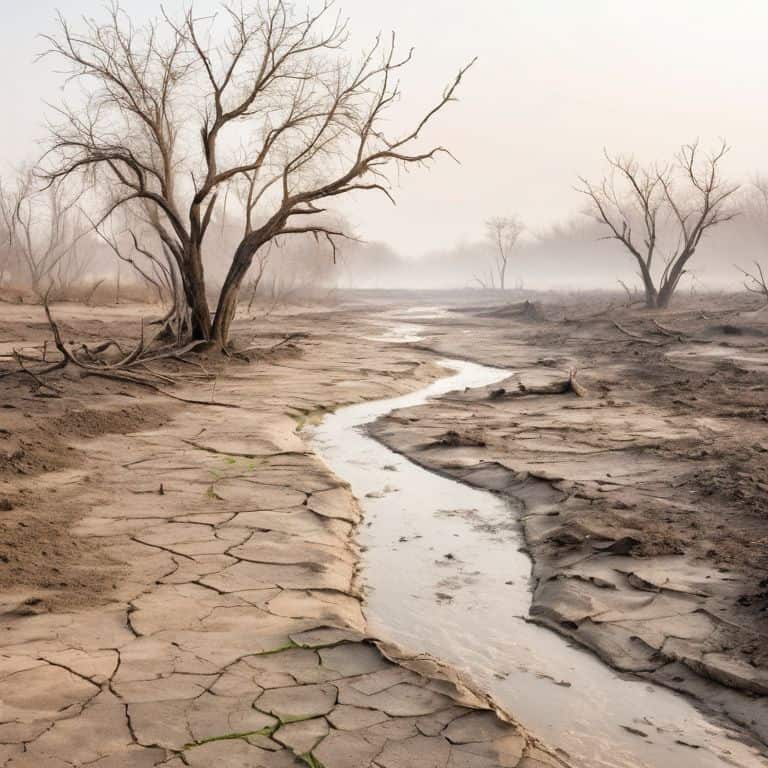I still remember the smell of stale coffee and desperation that clung to my skin during my first bout of dealing with creative burnout. It was like being lost in a dense forest, with no map to guide me back to my creative spark. The sound of my own doubts was deafening, a constant reminder that I was running on empty. I had tried every trick in the book, from time management to self-care, but nothing seemed to work. It was then that I realized I had been looking at burnout all wrong – as a problem to be solved, rather than an opportunity to be seized.
As someone who’s been in the trenches, I’m not here to offer you a quick fix or a magic formula for dealing with creative burnout. Instead, I want to share with you my own hard-won lessons, learned through years of struggle and experimentation. I’ll show you how to embrace the darkness, to find the hidden patterns and rhythms that can help you break through the creative blockages that hold you back. My approach is rooted in the messy, beautiful reality of our shared human experience, and I promise to give it to you straight, no sugarcoating or clichés. If you’re ready to confront your own creative demons and find a way forward, then let’s get started on this journey together.
Table of Contents
Facing Creative Burnout

Facing creative burnout is like hitting a wall on a long, deserted road – it’s a jarring stop that leaves you questioning your direction. I’ve been there, staring at a blank page or a camera with no inspiration, feeling the symptoms of artistic exhaustion creeping in. It’s a lonely place, but one that can be transformed by acknowledging the importance of self-care for creatives. For me, it’s about taking a step back, putting aside the pressure to produce, and finding solace in the simple things – like a long walk or the quiet thrill of restoring an old motorcycle.
In those moments of mental fatigue, it’s easy to lose sight of what sparked our creativity in the first place. But it’s precisely then that we need to recognize the signs and take a break. Not a break from creating altogether, but from the expectations and deadlines that can stifle our imagination. I find inspiration in the stories of other creatives who have faced similar struggles, their journeys a testament to the power of perseverance and the value of learning from failure.
By embracing our vulnerabilities and sharing our stories, we can start to build a support network for artists – a community that understands the ebbs and flows of the creative process. It’s not about offering quick fixes or formulas for success, but about creating a space where we can be honest about our struggles and find inspiration in the darkest corners. For me, that’s where the real art begins – in the cracks and imperfections that make us human.
Importance of Self Care for Revival
As I reflect on my own journey with creative burnout, I’ve come to realize the crucial role of self-care in reviving my passion for photography. It’s not just about taking a step back, but about actively nurturing my mind, body, and soul. For me, this means spending time in nature, whether it’s trekking through the mountains or simply sitting by a river, allowing the world to slow down and my thoughts to clarify.
By prioritizing mental wellness, I’ve learned to recognize the warning signs of burnout and take proactive steps to mitigate its effects. This might involve setting realistic goals, establishing a healthy work-life balance, or simply taking a break from the creative process to recharge and refocus.
Symptoms of Artistic Exhaustion
As I reflect on my own journey with creative burnout, I’ve come to realize that the symptoms of artistic exhaustion can be subtle, yet debilitating. It’s the feeling of being stuck, like a motorcycle with a stalled engine, unable to move forward no matter how hard you try.
The crushing self-doubt that comes with creative burnout can be overwhelming, making it difficult to pick up your camera, pen, or brush. It’s a darkness that can creep in, whispering that your work is meaningless, and that you’re just a fraud waiting to be exposed.
Dealing With Creative Burnout

As I reflect on my own journey with creative burnout, I realize that recognizing the signs of mental fatigue is crucial. It’s easy to overlook the subtle cues – the blank pages, the lack of enthusiasm, the feeling of being stuck. But it’s in these moments that we must acknowledge our limitations and take a step back. For me, it was a long trek through the mountains, away from the distractions of daily life, that helped me clear my mind and regain my focus.
I’ve found that strategies for finding inspiration again are often rooted in our daily habits. By prioritizing time management for creative professionals, we can create space for experimentation and exploration. This might mean waking up earlier to work on a personal project, or scheduling time for self-care activities like meditation or yoga. By being intentional with our time, we can reignite our passion and creativity.
In my experience, building a support network for artists has been instrumental in overcoming creative burnout. Surrounding myself with like-minded individuals who understand the struggles and triumphs of the creative journey has provided a sense of community and accountability. Together, we can share our struggles and successes, and support one another in finding new sources of inspiration and motivation.
Building Support Networks for Artists
As I reflect on my own journey with creative burnout, I realize the importance of surrounding myself with like-minded individuals who understand the struggles of artistic expression. Being part of a community that shares my passions and frustrations has been a game-changer, providing a safe space to vent, seek advice, and learn from others.
I’ve found that building meaningful relationships with fellow artists is crucial in navigating the ups and downs of creative work. These connections not only offer emotional support but also provide opportunities for collaboration, feedback, and growth, helping me to stay motivated and inspired even in the darkest of times.
Strategies for Regaining Inspiration
As I reflect on my own journey with creative burnout, I’ve found that embracing uncertainty is a crucial step in regaining inspiration. It’s about allowing myself to not have all the answers and to explore new avenues of creativity. For me, this has meant setting aside my camera and hitting the open road on my motorcycle, letting the rhythm of the engine and the wind in my face clear my mind.
I’ve learned to seek out new experiences that challenge my perspective and spark new ideas. Whether it’s trekking through unfamiliar landscapes or engaging with people from different walks of life, I’ve found that these encounters have a way of reigniting my creative flame.
Finding Light in the Dark: 5 Key Tips for Overcoming Creative Burnout
- Embracing the Pause: Allow yourself to step away and acknowledge the burnout, rather than forcing creativity that isn’t there
- Beyond Self-Care: Recognize that true revival often requires a deeper dive into your passions and interests, not just routine maintenance
- Seeking Solace in Stories: Finding inspiration in the struggles and imperfections of others can be a powerful catalyst for your own creative rebirth
- Rebuilding Through Restlessness: Channel your frustration into new experiences and explorations, whether that’s through travel, learning a new skill, or simply taking a different route home
- Crafting a Supportive Sanctuary: Surround yourself with people who understand the ebbs and flows of creative work, and who can offer honest feedback and encouragement when you need it most
Embracing the Darkness: 3 Key Takeaways
Creative burnout is not a sign of weakness, but rather an opportunity to confront the cracks in our creative process and emerge stronger, like the worn leather of a well-loved motorcycle saddle
Self-care is not a luxury, but a necessity for artists to revive and regain their inspiration, whether that means taking a long-distance trek to clear the mind or simply embracing the beauty of imperfection in our work
True inspiration is often found in the darkest moments, and by building a support network of fellow artists who understand the struggle, we can transform our creative burnout into a catalyst for authentic, meaningful art that reflects the complexities of the human experience
Embracing the Darkness
Creative burnout is not a signal to quit, but a whisper to reboot – to find the beauty in the brokenness and to craft something new from the ashes of what’s been lost.
Rowan Croft
Embracing the Journey: Beyond Creative Burnout

As I reflect on my own journey with creative burnout, I’m reminded that it’s not just about finding inspiration again, but about embracing the darkness where our true stories lie. We’ve explored the symptoms of artistic exhaustion, the importance of self-care for revival, and strategies for regaining inspiration. We’ve also touched on the value of building support networks for artists, because let’s face it, we don’t have to go through this alone. The key takeaway is that creative burnout is not a sign of failure, but a sign that we’re pushing the boundaries of our creativity and our own limitations.
So, as you stand at the crossroads, wondering how to reignite your spark, remember that true strength is forged in the cracks. It’s in those moments of vulnerability and struggle that we find the beauty in the broken places. Don’t be afraid to get real, to confront your imperfections, and to learn from your mistakes. For it’s in those imperfect, unpolished moments that we find the inspiration to create something truly authentic and meaningful. Keep pushing forward, even when the road ahead seems uncertain, because it’s in the darkness that we discover our most compelling stories.
Frequently Asked Questions
How do I distinguish between a temporary creative block and a full-blown burnout?
For me, the difference between a temporary block and burnout is like the distinction between a flat tire and a blown engine – one’s a minor setback, the other’s a full-system failure. If you’re just stuck, you can still see the road ahead; with burnout, the entire landscape fades to black.
What role can taking breaks and stepping away from my work play in preventing or recovering from creative burnout?
Stepping away can be a powerful reset – I’ve found that taking a break from my camera, or putting a project on the backburner, allows me to clear my mind and return with fresh eyes, often uncovering new perspectives and inspiration in the process, just like when I’m trekking and stumble upon a hidden vista.
Can creative burnout be a sign of something deeper, such as a mismatch between my current project and my true passions, and if so, how do I identify and address this?
Burnout can be a sign that you’re forcing a square peg into a round hole – that your project doesn’t truly align with your passions. To identify this, take a step back and ask yourself: what sparked the idea in the first place, and has that flame flickered out? Be honest, and consider whether it’s time to reassess and realign your creative pursuits with your true north.
